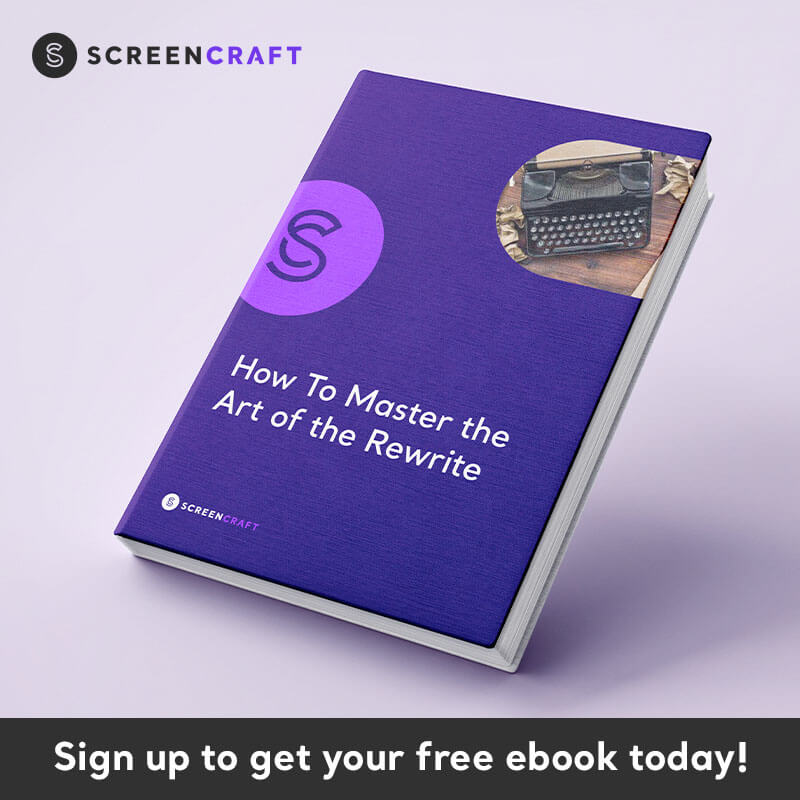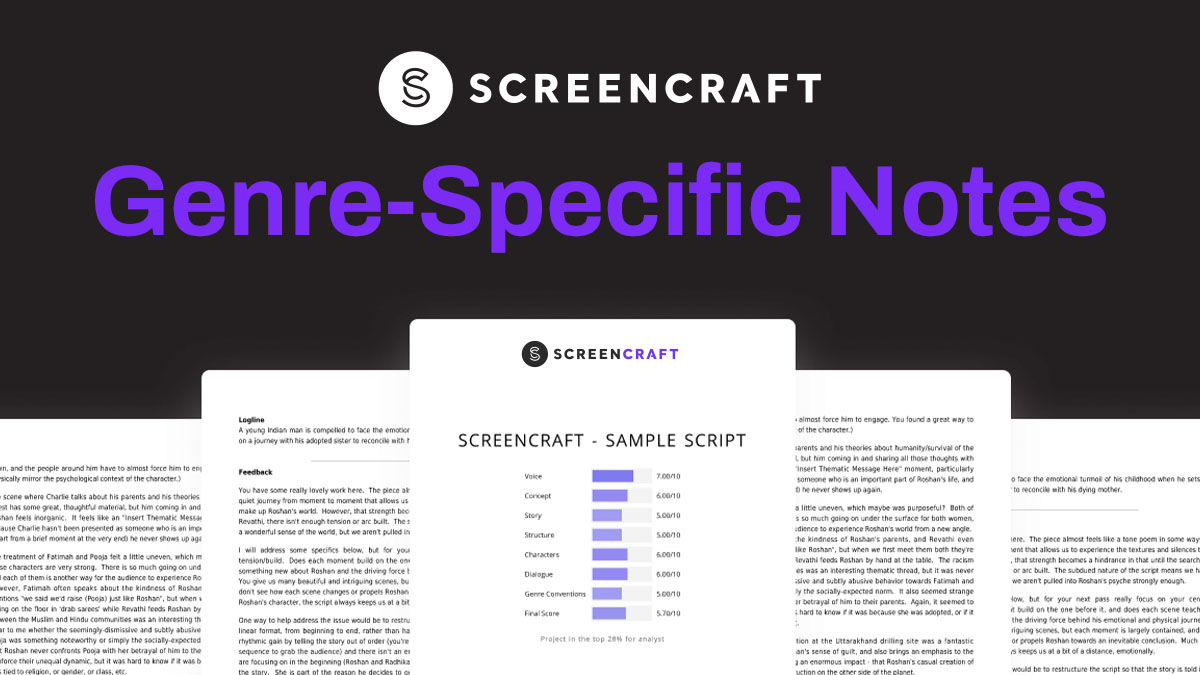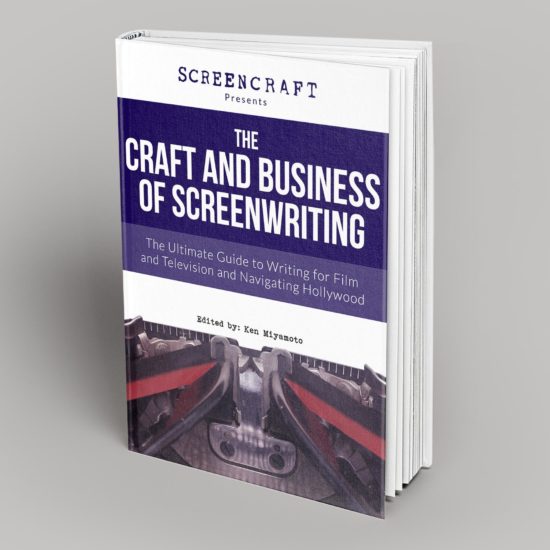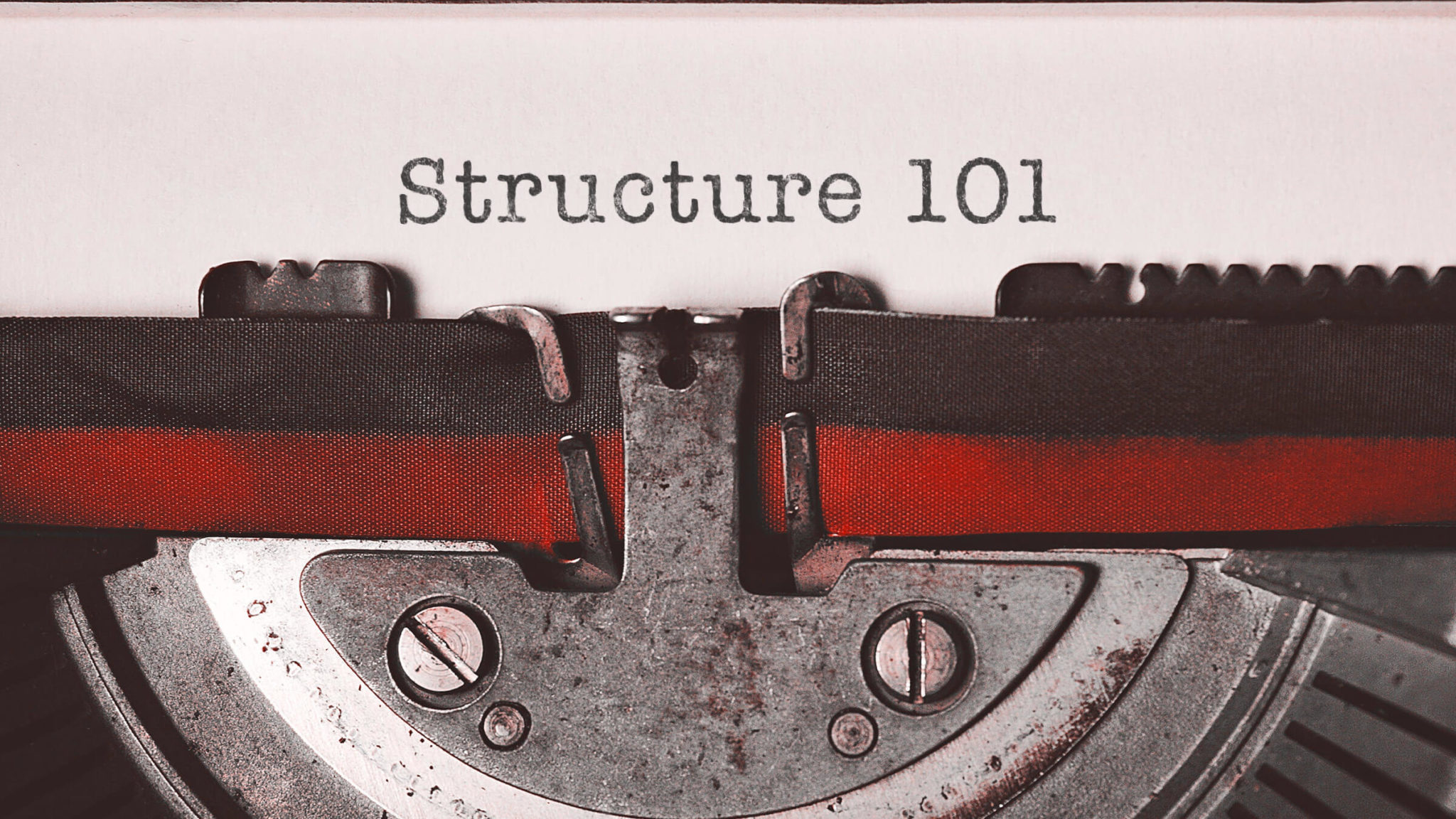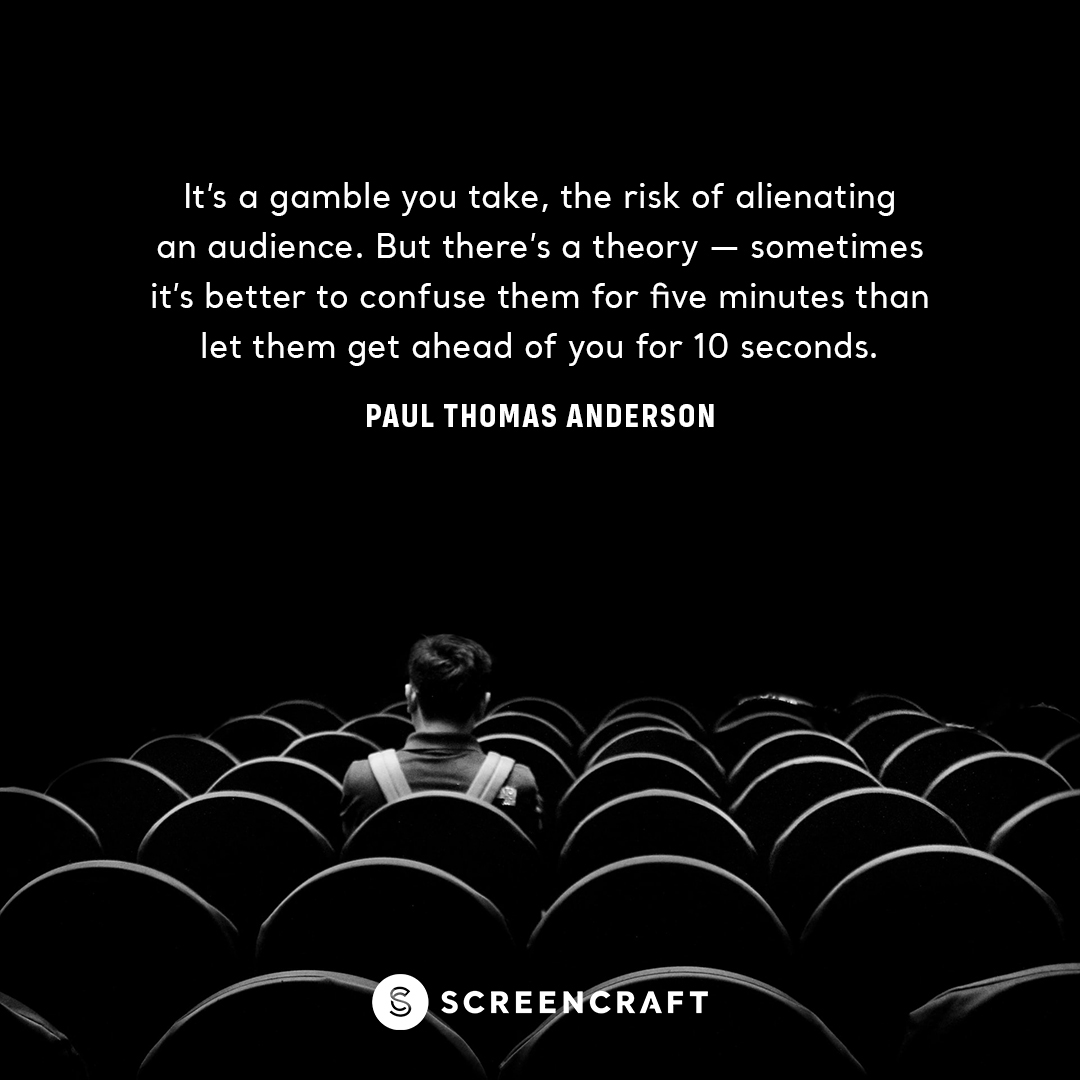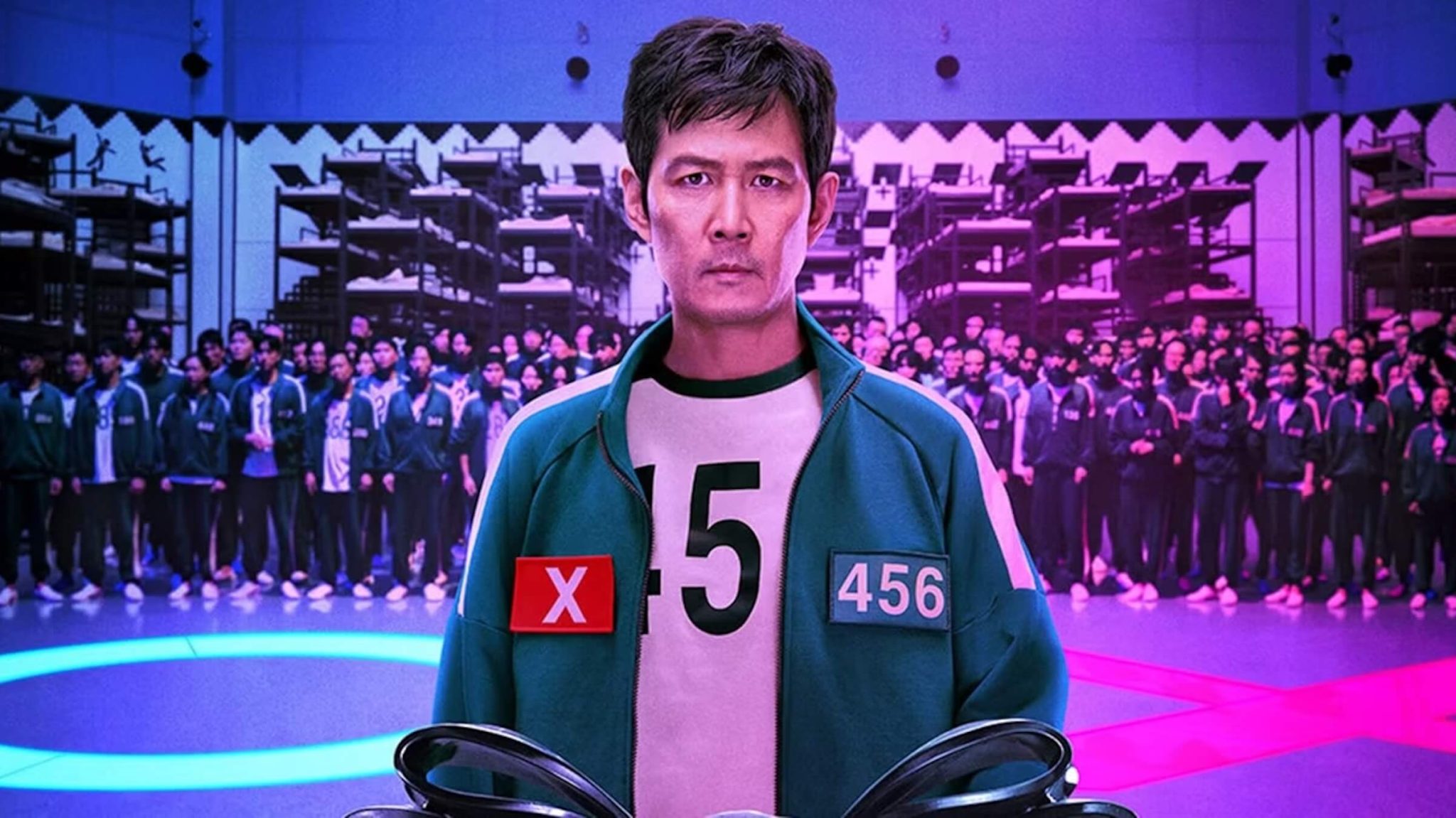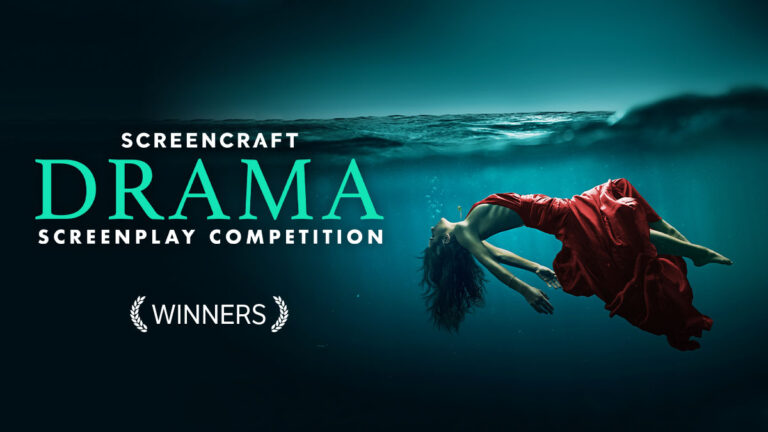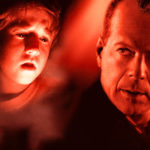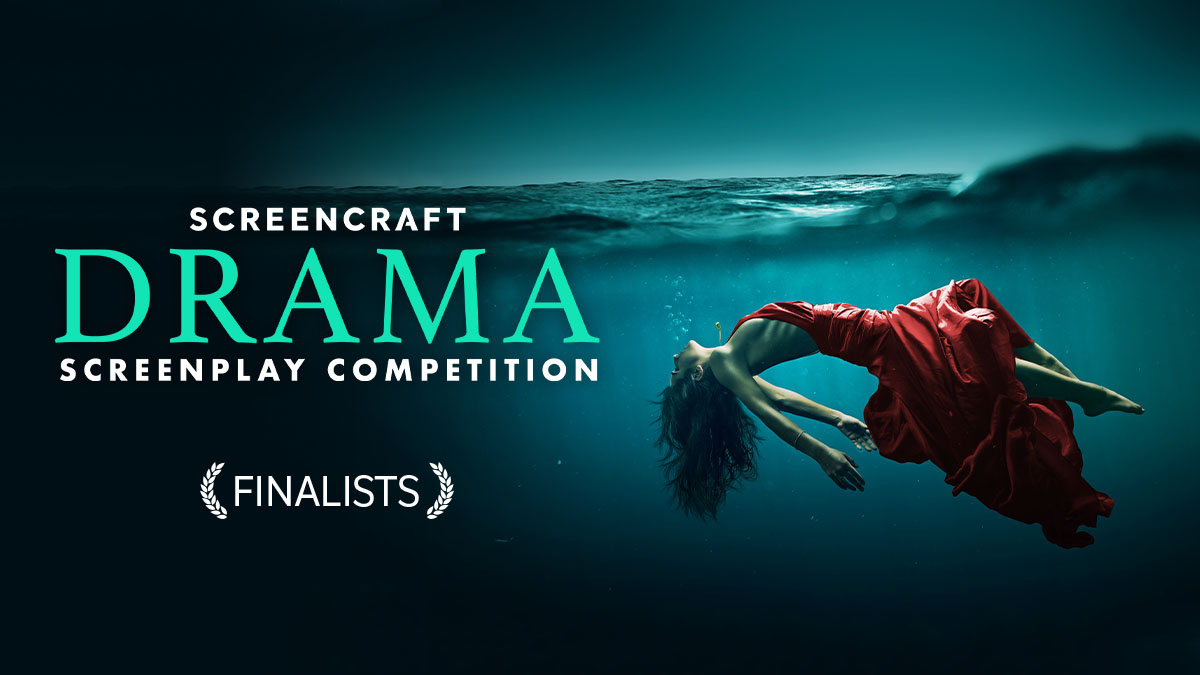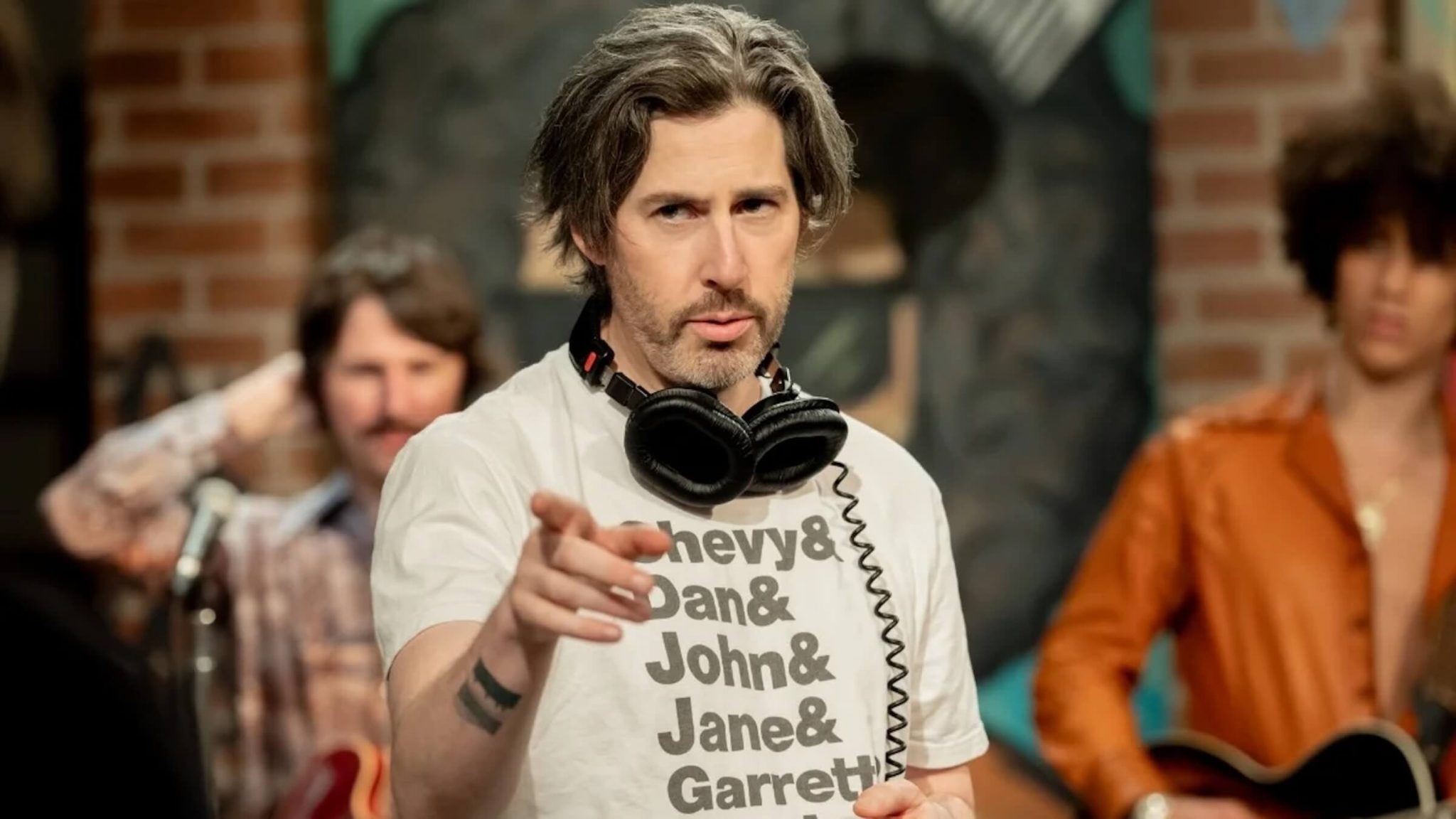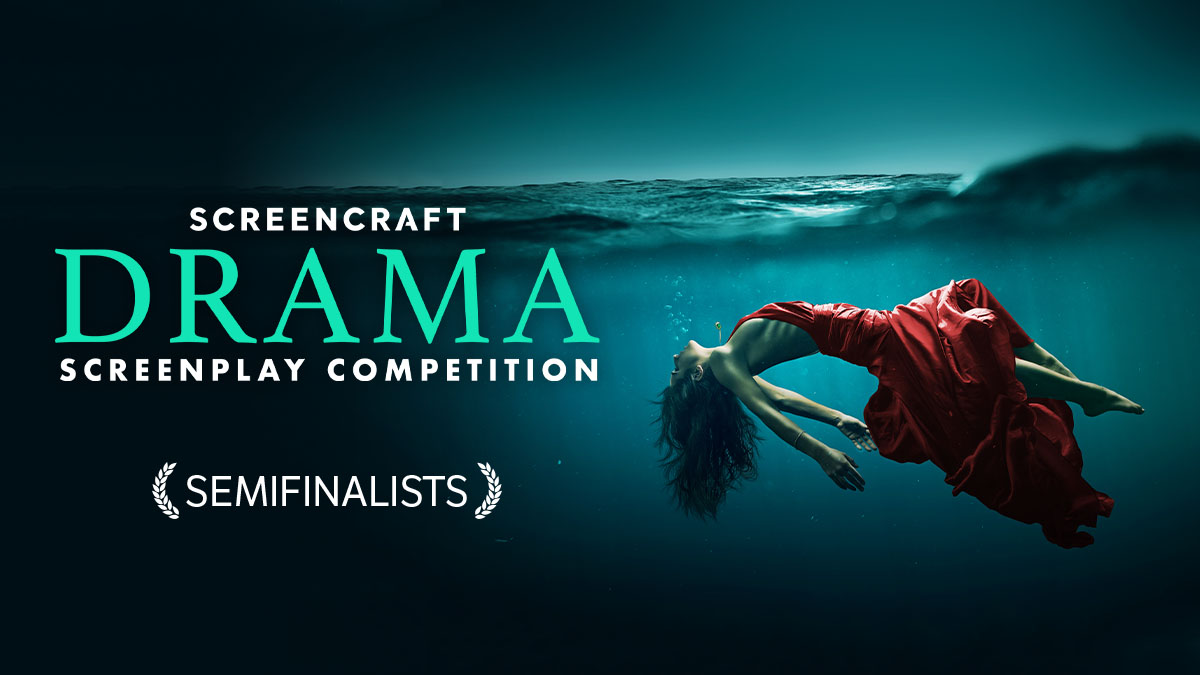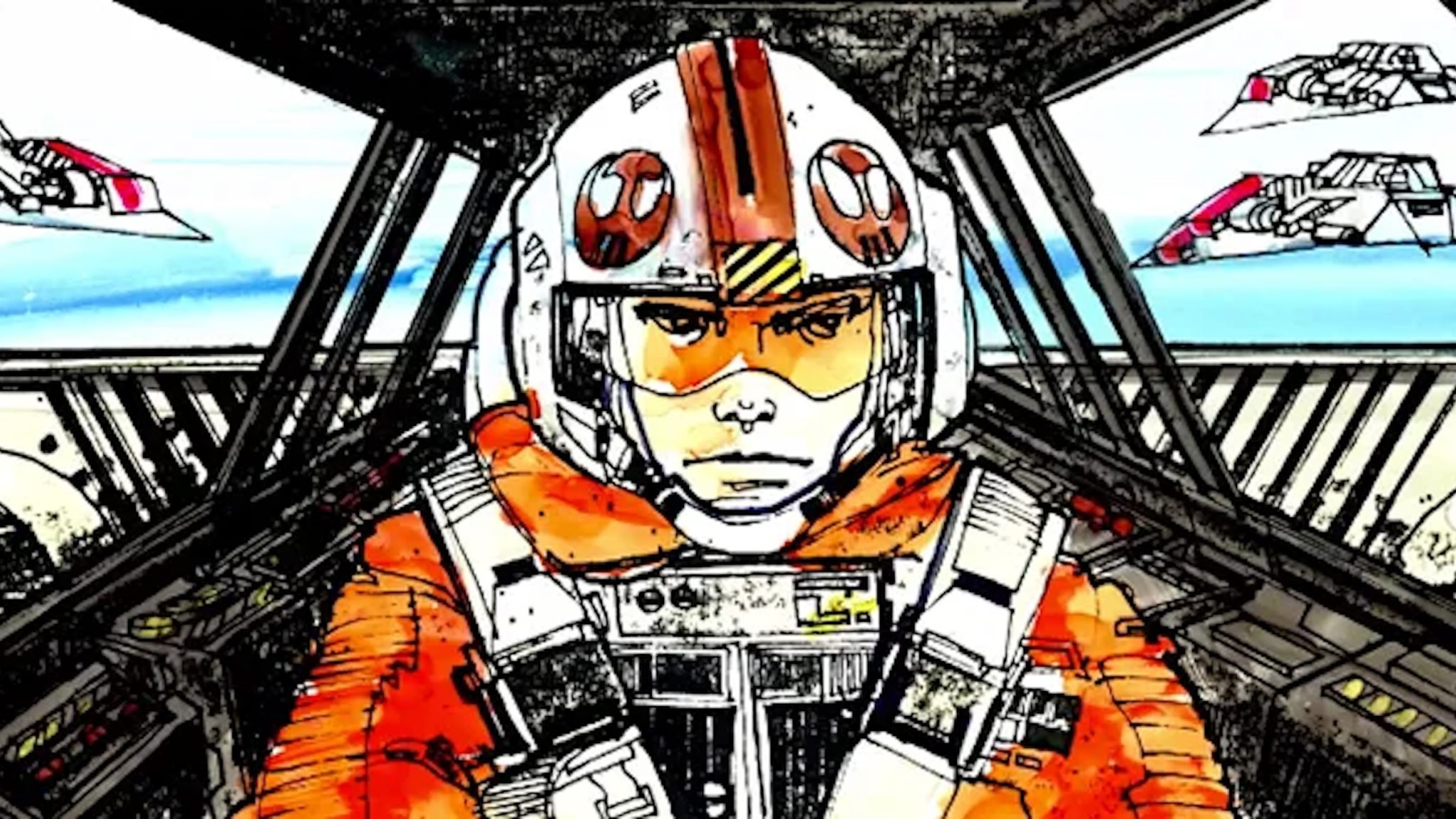Serving Up Storytelling: 3 Ways ‘Challengers’ Delivers Screenwriting Insights
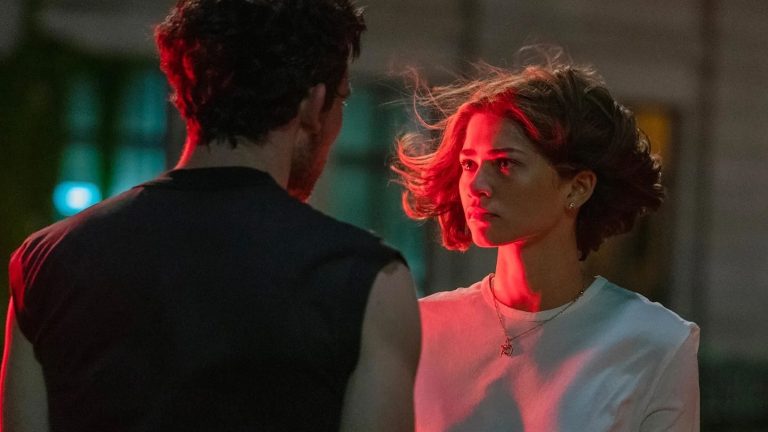
Justin Kuritzkes is the screenwriter behind this year’s megahit Challengers, the critically acclaimed sports drama set in the cutthroat world of professional tennis, directed by Luca Guadagnino.
Written on spec after Kuritzkes saw one of his first tennis matches (between Serena Williams and Naomi Osaka, no less), Challengers has established Kuritzkes as a writer of sharp, character-driven narratives.
The film, which follows a complicated and delicious love triangle between three star players, showcases Kuritzkes' ability to balance high-stakes action with nuanced character development.
In a recent interview with ScreenCraft, Kuritzkes shared his approach to writing, offering insights into how he crafts well-developed characters and a compelling narrative.
Knowing What’s at Stake To Build Character Dynamics
Tennis is one of the most dramatic sports, not only because of its person-to-person conflict or the potential for interesting rivalries. The court is essentially a stage where each player performs alone using their skills.
Kuritzkes wondered, watching that first match several years ago, how a tennis fan's experience could be elevated if audiences knew the interpersonal drama behind the scenes, too.
And that was the flash point for Challengers, he said. Having that curiosity about what conflicts might be going on off the court led him to develop Tashi (Zendaya), Art (Mike Faist), and Patrick (Josh O'Connor).
“I always knew that the structure of the movie was going to be that we would be dropped into this match, and these people would be looking at each other like something really serious and deep was going on between them,” he said. “And then we would gradually figure out how we got here.”
Kuritzkes said he discovered a lot about the characters himself as he was writing, but he kept asking himself one question, no matter what.
“How does this change the stakes?” he said. “How does this change our understanding of what we’ve been watching? And how does it change what we think about where all these people are in relationship to each other?”
While everyone is obviously playing tennis and wants to win, the stakes in Challengers are also directly tied to their love triangle.
“Any time the distance between two people changes, the distance between the other person changes, as well,” he said. “And the angles change. It’s this brutal geometric thing that they’re in. Just knowing that, and knowing the shape that they were in, and knowing that they couldn’t escape each other—that made figuring out the complicated dynamics between each of them a little easier.”
It is fascinating to hear how Kuritzkes visualized these relationships and their drama as a literal triangle with distances and angles. Maybe you could try it with other shapes!
Read More: 3 Ways To Increase Conflict in Your Story
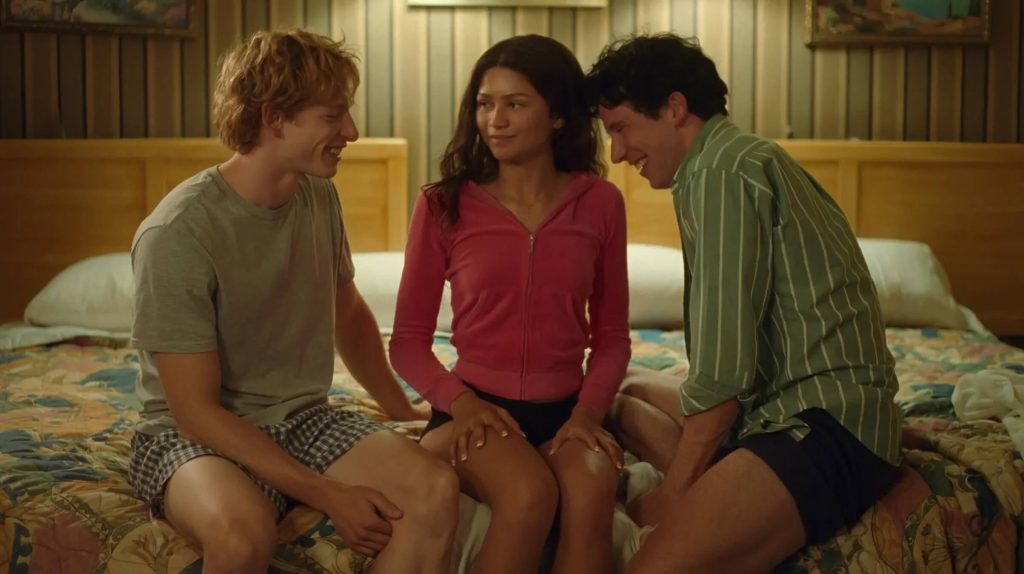
'Challengers' (2024)
Drama Without Dialogue
We all know the adage, “Show, don’t tell.” For Kuritzkes, that was quite literal, as much of these characters’ drama plays out wordlessly on the tennis court. But this wouldn’t work without a solid foundation.
Through flashbacks that Kuritzkes weaves into the story, audiences learn how these characters met, what motivates them, and what conflicts push them apart and together. Viewers see the obstacles that they face, their failures and wins, and how those things play into their interactions.
Kuritzkes said he wanted it to feel like you were in on a secret by the end. Viewers understand the nonverbal communication that happens at key moments (including one telling moment with a ball and racket).
Instead of just being a tennis match, the scenes play out like nonverbal arguments, the characters vying for the upper hand on the court and in their relationships.
Knowing the backstories of these characters also places the audience in the position of the “third person” in the triangle when there are scenes between just Tashi and Art or just Tashi and Patrick. Understanding that conflict is a wonderful way to inject drama without doing anything directly in the scene—the viewer simply has that perspective.
A good grip on subtext will make this possible for you as a writer. What are characters really communicating when they do or say something?
Making sure character action and the narrative align with a key theme will also be important—the script should focus on that message, and each scene should serve it in some way.
In this case, the film could be interpreted as three characters who understand each other most completely when they are playing tennis at their highest levels and how each pursues that elusive connection in their own way. Every scene is somehow about tennis, but every scene is also about their ties to each other.
Read More: How To Motivate Crazy Characters With Real Emotion
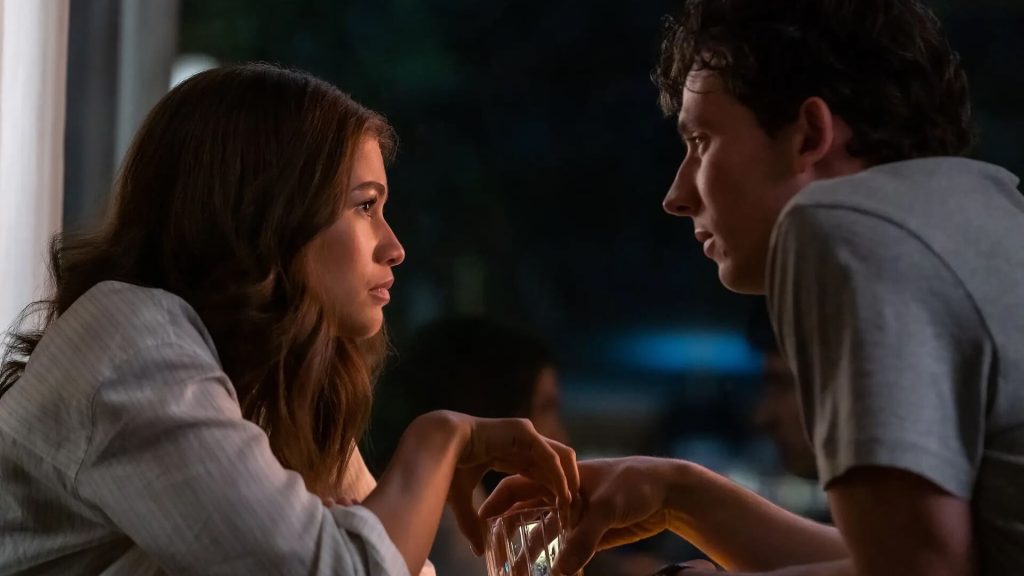
'Challengers' (2024)
What Kuritzkes Learned From Challengers (and You Can, Too)
Kuritzkes had written plays and novels before Challengers, but this was his first exploration of the screenplay format. The producers ensured he was on set every day for rewrites. The experience gave him new insight into the filmmaking process that he will take forward.
Okay, but we’re not all on set. What else did he learn?
For Kuritzkes, onomatopoeia were integral.
An onomatopoeia is a word that imitates a sound or a word formed from a sound associated with an action or object. (Think “bam,” “honk,” “meow.”) Since Challengers operates in the tennis world, the sound of a ball being hit (“thwack”) was constant.
But he took it a step further.
“I realized early on in the process that tennis courts were going to be a kind of time machine,” he said. “These people spend their whole lives on courts that look the same. The way we were going to transition between one time period and another would more often than not be through the passage of a ball across the net.”
This meant that on the page, Kuritzkes used THWACK instead of CUT TO or SMASH CUT TO in his scene transitions.
He didn’t do this just to be precious about tennis or his writing. Instead, he had a clear visual motivation to use this in his screenplay, and it was directly related to the world.
He said he wasn’t sure how it would work practically, but it’s certainly something unique and energetic on the page that immediately draws a reader in.
Giving a screenplay your personal touch can be something huge that helps show your personality as a writer. But make sure you know the fundamentals first, and don’t go overboard to a point where it distracts from your story!
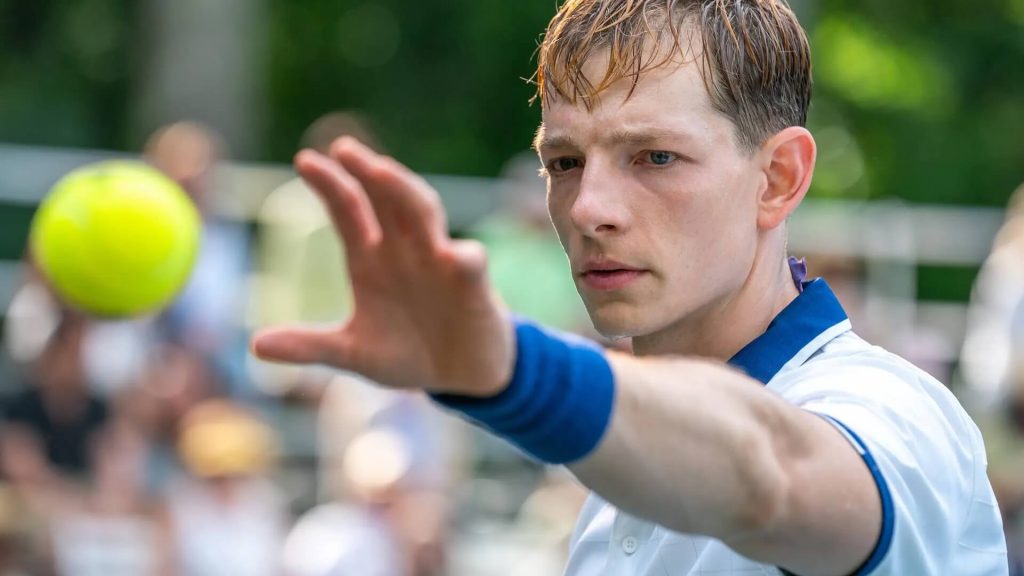
'Challengers' (2024)
---
Final advice from Kuritzkes? Write the movie you want to see, and write about what interests you.
“If you’re really honest with yourself every step of the way of writing about whether you can still see that movie on the page,” he said, “then chances are at the end of that, you’ll have something that other people can see on the page as well.”
Read More: 9 Tips for Finding Your Authentic Voice as a Screenwriter
Check out our Preparation Notes so you start your story off on the right track!
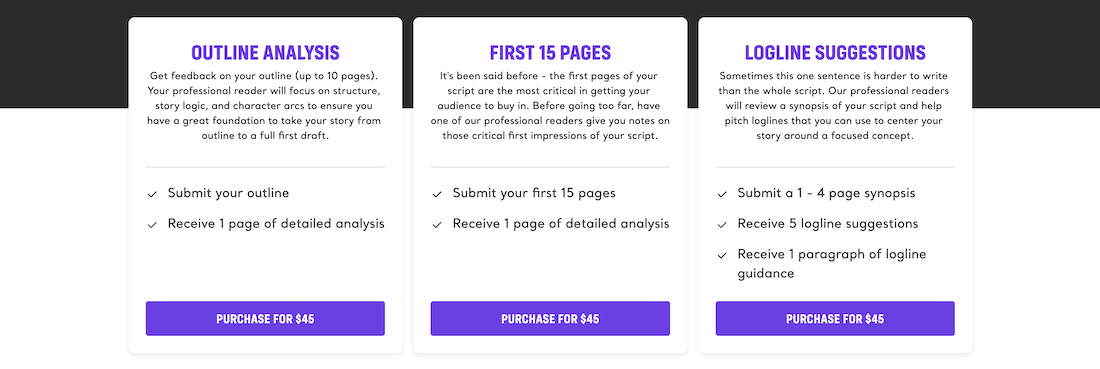
Get Our Screenwriting Newsletter!
Get weekly writing inspiration delivered to your inbox - including industry news, popular articles, and more!


